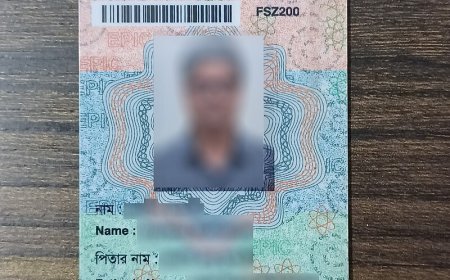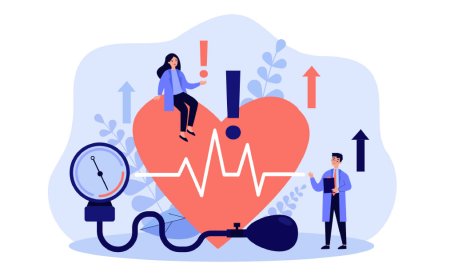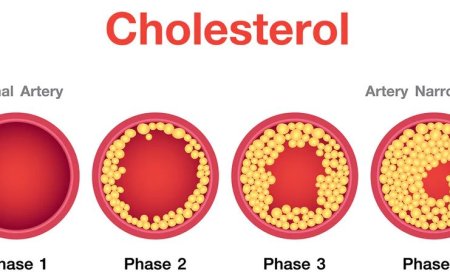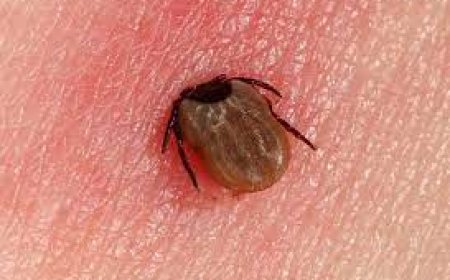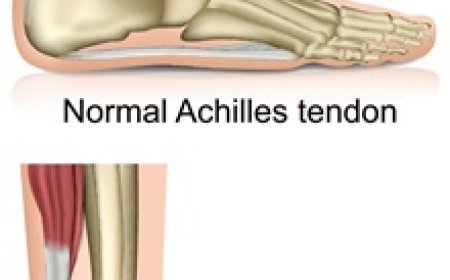Down Syndrome
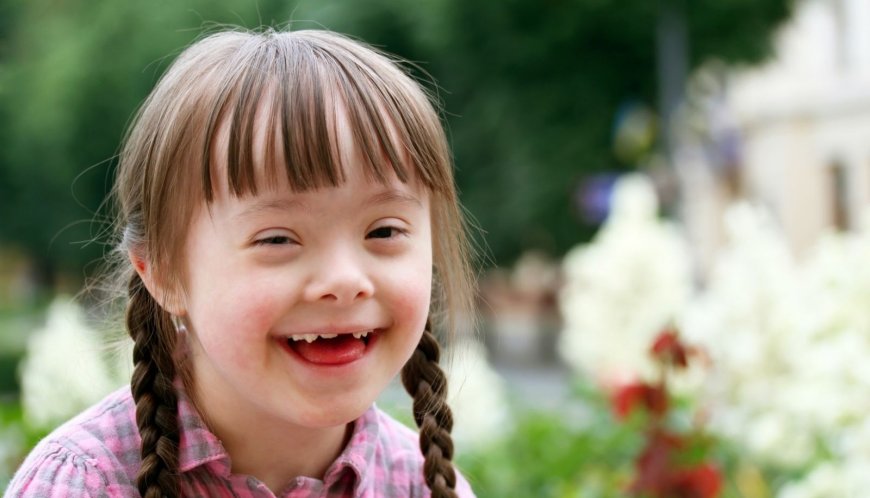
Introduction:
Down Syndrome is a genetic condition that affects people all around the world, including India. It is a unique journey that some individuals embark upon, and it's essential to understand what it is, how it is classified, its causes, risk factors, types, diagnostic tests, treatments, and prevention techniques. In this article, we'll explore Down Syndrome in simple language, suitable for 10-year-old children, with examples relevant to India.
Signs and Symptoms:
Down Syndrome is characterized by various physical and intellectual features. Some common signs and symptoms include:
- Distinct Facial Features: People with Down Syndrome may have almond-shaped eyes, a flat facial profile, and a small nose.
- Developmental Delays: Children with Down Syndrome may take longer to achieve developmental milestones, such as walking and talking.
- Intellectual Challenges: Individuals with Down Syndrome often have mild to moderate intellectual disabilities.
- Low Muscle Tone: They may have decreased muscle strength, which can affect their motor skills.
- Heart and Digestive Problems: Some individuals with Down Syndrome might have heart or digestive issues.
What is Down Syndrome?
Down Syndrome is a genetic condition caused by the presence of an extra copy of chromosome 21. Normally, a person has 23 pairs of chromosomes, but individuals with Down Syndrome have three copies of chromosome 21, leading to various physical and cognitive differences.
How is Down Syndrome Classified?
Down Syndrome is primarily classified into three types based on the presence of a full or partial extra copy of chromosome 21. The three types are:
- Trisomy 21: This is the most common type of Down Syndrome, where there is a full extra copy of chromosome 21 in all cells. It occurs in about 95% of cases.
- Translocation Down Syndrome: In this type, an extra part of chromosome 21 attaches to another chromosome, but there are still three copies of the genetic material. This accounts for around 3-4% of cases.
- Mosaicism: This is the rarest form of Down Syndrome, where only some cells have an extra copy of chromosome 21, and the rest have the typical pair. It occurs in about 1-2% of cases.
Causes and Triggers:
The presence of an extra copy of chromosome 21 is the primary cause of Down Syndrome. However, scientists are still studying why this extra chromosome occurs. It is essential to know that nothing a person does or does not do can cause or prevent Down Syndrome. It is purely a genetic condition that happens by chance.
Risk Factors with Examples:
While the exact cause of the extra chromosome is still not entirely clear, there are some risk factors associated with Down Syndrome:
- Advanced Maternal Age: Women who become pregnant at an older age, typically above 35, have a higher risk of having a child with Down Syndrome. For example, Mrs. Sharma, aged 40, gave birth to a beautiful baby girl with Down Syndrome.
- Family History: If a parent carries the genetic translocation that causes Down Syndrome, the risk of having a child with this condition increases.
Types of Down Syndrome:
Let's take a closer look at each type of Down Syndrome:
- Trisomy 21: Imagine a train with three carriages instead of two. Trisomy 21 is like having an extra train carriage with more passengers.
- Translocation Down Syndrome: Think of a puzzle where a piece from one puzzle attaches to a different puzzle. Translocation Down Syndrome is similar, where a piece of chromosome 21 attaches to another chromosome.
- Mosaicism: Picture a garden with both red and white flowers. Mosaicism is like having some cells with an extra copy of chromosome 21 (red flowers) and other cells with the typical pair (white flowers).
Diagnostic Tests and Treatments:
To diagnose Down Syndrome, doctors may perform various tests:
- Ultrasound: During pregnancy, an ultrasound can sometimes indicate markers associated with Down Syndrome, but it's not a definitive diagnosis.
- Blood Tests: Maternal blood tests can also help screen for the possibility of Down Syndrome in the baby.
- Amniocentesis and Chorionic Villus Sampling (CVS): These tests collect cells from the amniotic fluid or placenta to analyze the baby's chromosomes.
If a baby is diagnosed with Down Syndrome, early interventions, such as speech therapy, physical therapy, and special education, can significantly improve their development and quality of life.
Complications of Down Syndrome:
People with Down Syndrome may face certain health challenges, including heart defects, hearing problems, and increased susceptibility to infections. However, with proper medical care and support, many of these complications can be managed effectively.
Prevention Techniques:
As mentioned earlier, Down Syndrome is a genetic condition that occurs by chance. There are no known prevention techniques to avoid its occurrence. However, with advances in medical care and support, individuals with Down Syndrome can lead fulfilling lives and contribute positively to their families and communities.
Down Syndrome is a unique journey for those who experience it and their families. It's essential to embrace diversity and show compassion and understanding towards individuals with Down Syndrome. In India and across the world, people with Down Syndrome enrich our lives with their uniqueness and teach us valuable lessons about acceptance and love. Let's continue to create a society where everyone can thrive and be appreciated for their individuality.
What's Your Reaction?






















